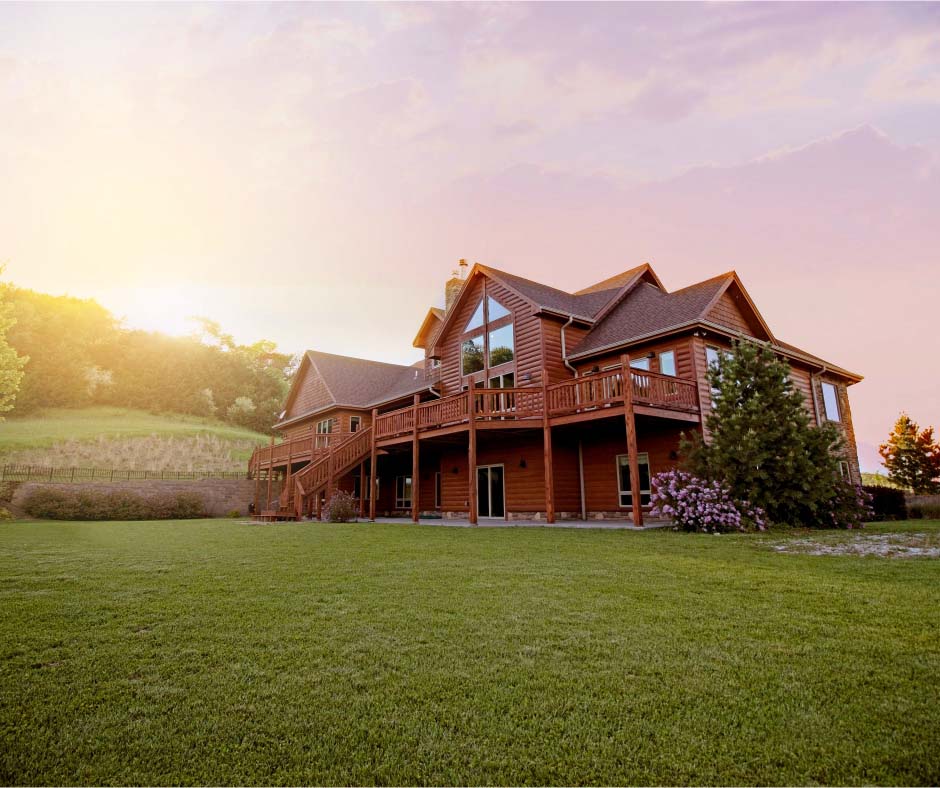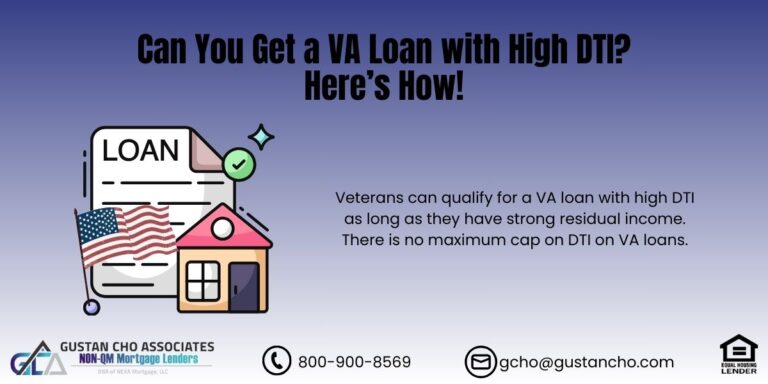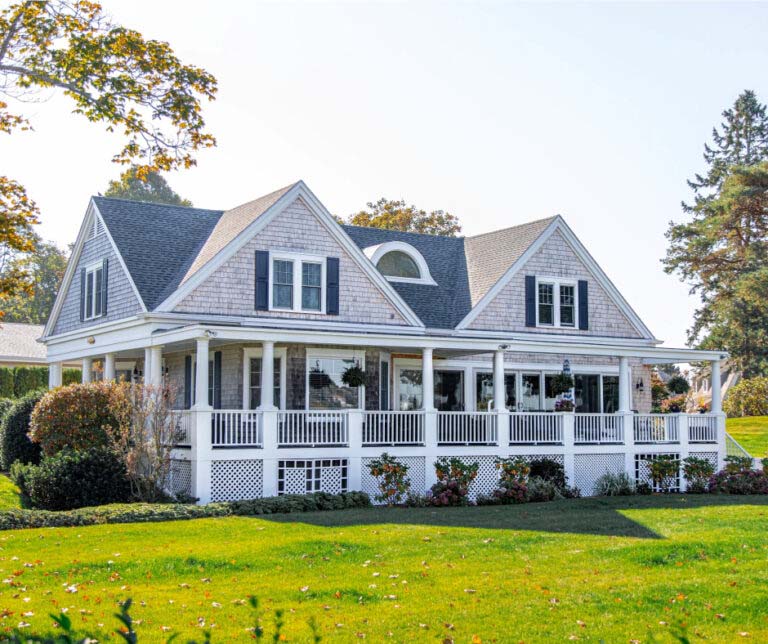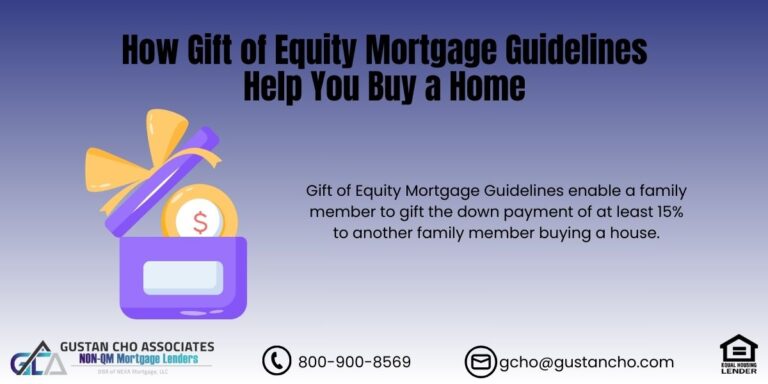Types of Mortgage Options For Homebuyers
This guide will cover the types of mortgage options for homebuyers. Taking out a loan can be daunting, especially if you need to learn about mortgages. Wendy Lahn, a dually licensed real estate agent, and loan officer, shared the following:
For starters, you should know that not all loans are the same, with the main differences being characterized by three crucial components – loan term, interest rate, and loan type. Each of these factors can significantly impact the borrower’s financial situation, as it could affect everything from the monthly payments to the total cost of the loan.
Knowing the types of mortgage options, you want will ensure you are well-prepared to approach a lender for more information and get the best deal. This article will look at these three components to know what they mean, how they work, and what borrowers should consider before choosing the right loan.
30-Year Fixed-Rate Mortgages
The most common types of mortgage options for homeowners are fixed-rate mortgages amortized over 30 years. When discussing the types of mortgage options, we refer to the period you are given to repay the mortgage in full. The most common types of mortgage options is the 30-year fixed-rate versus the 15-year fixed-rate mortgage. Here is what Margarett Jurilla of Non-QM Mortgage Lenders, Inc. said:
The loan term choice is crucial as it affects your monthly principal and interest payment, interest rate, and the interest you will have to pay over the life of the loan. When it comes to the loan term, generally, there are short-term and long-term loans where each offers its unique benefits and drawbacks.
For instance, the longer the loan term, the more interest you will need to pay. As for the loans with a short loan term, they usually attract lower interest costs but higher monthly payments than longer-term loans. Having said, if you are trying to choose between short-term and long-term loans, you should keep a few things in mind.
15-Year Fixed-Rate Mortgage
Generally, 15-year fixed-rate mortgages have lower rates versus the 30-year fixed-rate mortgage. 15-year fixed-rate mortgages will have higher principal and interest. Therefore your monthly housing payment will be higher versus the 30-year fixed-rate mortgage.
15-year fixed-rate mortgages will save you money in the long run. This is because you will be paying the interest rates for the mortgage over a 15-year term versus 30 years. As we have mentioned, the interest rates are usually lower.
You can see why 15-year fixed-rate mortgage loans would be affordable compared to 30-year fixed-rate mortgages. However, it is also crucial to note that the interest rates vary with lenders. It is important to explore and shop for the best rates with different mortgage lenders to compare rates and terms.
Types of Mortgage Options: ARMs Versus Fixed-Rate Mortgages
This section will discuss the interest rate types available on your home mortgage. There are two main types of interest rates, which are fixed and adjustable/variable rates. A fixed interest rate remains the same throughout the loan term, regardless of any changes in the market conditions or other external factors.
Fixed-Rate Mortgages mean that the borrower’s monthly payment will remain unchanged throughout the loan term unless there is a change in your property taxes, homeowners, or mortgage insurance, which changes your total monthly payment.
Fixed-rate mortgages are popular among borrowers who prefer predictability and stability in their monthly payments and those who want to avoid any surprises in the future.
What Are Adjustable-Rate Mortgages
As for adjustable-rate mortgages, they offer less predictability, as they can change over time based on market or other external conditions. So, the borrower’s monthly payment can change throughout the loan term due to the interest changes. Alex Carlucci of Non-QM Mortgage Lenders explains adjustable-rate mortgages.
With adjustable-rate mortgages, the interest rate may be tied to a specific index, such as the prime rate, and will adjust up or down based on changes in that index. However, these loans are cheaper in the short term, so many borrowers are willing to take on some risk in exchange for the possibility of saving some money.
With adjustable-rate mortgages, there is always a real possibility that the interest rate going up could make the loan a lot more expensive.
How Do Adjustable-Rate Mortgages Work
Adjustable-Rate Mortgages are mostly divided into two periods: the interest rate remains fixed in the first period. It won’t change throughout the period, and in the second period, when the interest rate goes up and down regularly based on market changes.
When applying for adjustable-rate mortgages, you must read the rules carefully. Ask questions about when and how the payment will adjust, especially since some loans adjust more frequently.
You must also understand exactly how adjustable-rate mortgages work by carefully reviewing the specific rules that dictate how the interest rate is calculated or how much the rate and payment can adjust. One crucial detail you will find out is that anyone with a lower credit score may get an adjustable-rate mortgage with slightly risky features such as higher rates, a mortgage frequently fluctuating, payment penalties, or loans with balances that can increase.
Types of Mortgage Options: Government, Conventional, and Non-Prime Loans
There are government, conventional, and non-prime mortgage loan programs. We will discuss non-QM loan programs in the following sections. Non-QM loans are called non-qualified mortgages or non-conforming. Non-Qualified mortgages have more lenient guidelines compared to Conventional and FHA loans.
Non-QM loans benefit borrowers with no income verification, not enough income on income tax returns, recent late payments, and recent bankruptcy and foreclosure.
In the following sections, we will cover traditional and non-conforming mortgage options. We will cover the various types of mortgage options for owner-occupant homes, second homes, and investment properties. We will discuss conforming and non-conforming loans for wage earners, self-employed, and retired borrowers. The major types of mortgage options include government, conventional, and non-QM home loans.
Conventional Loans
Conventional loans are not backed by the government or part of a specific government program. However, conventional loans have higher lending guidelines than FHA loans. Conventional loans are often referred to as conforming loans because they need to conform to Fannie Mae or Freddie Mac Guidelines.
Conforming loans have a maximum loan amount the Federal Housing Finance Agency sets annually. Conforming loans need to conform to Fannie Mae or Freddie Mac agency guidelines. Fannie and Freddie are the largest buyers of mortgage loans on the secondary market.
The maximum conforming loan limit is $726,200. High-cost counties have higher conforming loan limits. Many states, like California, has dozens of high-cost areas where the high-balance conforming loan limit cap is as high as $1,089,300.
Non-QM Mortgage Loans
Over fifty percent of all mortgage loans today are non-QM loans, also called non-conforming loans. Non-conforming loans are less standardized regarding eligibility, pricing, and features. Each non-QM wholesale mortgage lender has its guidelines.
Other mortgage loans under non-conforming loans are no-doc loans, 12-month bank statement loans, 1099 income-only mortgages, asset-depletion, P and L statement mortgages, DSCR loans, and hundreds of other types of mortgage options.
Mortgage lending guidelines on non-QM loans are negotiable, and all vary based on the lender. This is why shopping around for the best deal is very important. There are hundreds of different types of Non-QM mortgage programs. Non-QM jumbo loans are one of the market’s most popular products, with a maximum cap of up to $4 million.
FHA loans
FHA, or Federal Housing Administration loans, are loans offered by private lenders. FHA loans are regulated and insured by the U.S. Department of Housing and Urban Development, the parent of FHA.
FHA loans allow homebuyers with at least a 580 credit score to qualify for a 3.5 percent down payment home purchase loan. The maximum FHA loan limit for 2023 is $472,030. In high-cost areas, you can qualify for a Jumbo FHA loan which caps at $1,089,300.
Borrowers with credit scores under 580 and down to 500 FICO are eligible for an FHA loan with a 10% down payment. FHA loans are the best types of mortgage options for first-time homebuyers, borrowers with bad credit, borrowers with low credit scores, borrowers with high debt-to-income ratios, and homebuyers with recent late payments.
VA Loans
VA loans – a loan program offered by private lenders and insured by the Department of Veterans Affairs (VA). VA loans are available for active and retired eligible veterans and surviving spouses of eligible veterans.
VA loans are offered by private lenders but are backed by the VA. VA loans are only eligible for borrowers with a certificate of eligibility. There is no minimum credit score requirements or maximum debt-to-income ratio caps on VA loans.
VA Loans is the best mortgage loan program in the nation with low rates, no mortgage insurance premium, no annual mortgage insurance, no maximum loan limit, no money down, and lenient mortgage guidelines. Borrowers eligible for VA loans must have a valid certificate of eligibility (COE).
USDA Loans
USDA loans are a mortgage loan program offered by private lenders and insured by the U.S. Department of Agriculture Rural Development. The mortgage loan program is offered to low and moderate-income borrowers in rural areas and guaranteed by the Department of Agriculture.
USDA loans are an excellent option for borrowers with little savings and low income, as they don’t require a down payment. USDA loans have low rates, and it is easy to qualify.
FHA and conventional loans require a down payment and mortgage insurance, whereas USDA loans do not require a down payment. USDA loans allow the seller to offer up to a six percent seller concession for a buyer’s closing costs. However, unlike VA loans, borrowers must pay an upfront fee and ongoing mortgage insurance premiums to the USDA.
Types of Mortgage Options For First-Time Homebuyers
State and local programs – other programs offered by the state, local or non-profit organizations make homeownership much cheaper. Most of these programs focus on low and moderate-income families looking to buy their first homes or those who previously owned homes.
In addition, many down payment assistance programs are forgivable programs that do not have to be paid back. Non-QM Mortgage Lenders offer down payment assistance that can be used to apply for FHA or conventional loans.
Non-QM Mortgage Lenders has a down payment assistance program for first-time homebuyers with a 620 credit and debt-to-income ratio of up to a 48.99%. The down payment assistance must not be paid back after six months. It is an FHA loan program.
What Types of Mortgage Options Is Best For Homebuyers
As we conclude, understanding these components of mortgages is essential for making informed borrowing decisions. The mortgage markets have opened to non-prime loans. Homebuyers now have the option to choose different types of mortgages. You can choose traditional home loans if you have great credit with high credit scores.
Non-QM loans have become a huge industry in the housing market. Not many mortgage professionals would have ever realize that no-doc mortgages, asset-depletiion mortgages loans, stated income mortgages, and bank statement loans would ever come back after going dormant after the 2008 housing crisis.
Borrowers with less-than-perfect credit have the option to choose non-QM loans. Regardless of the purpose of the loan, choosing the right loan with the correct terms will save you a lot of money, especially when it comes to the interest paid all over the loan term. So, considering your financial situation, goals, and risk tolerance, select the loan that best fits your needs, thus helping you achieve your long-term financial objectives.







